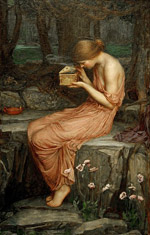Psychology, Department of

Department of Psychology: Faculty Publications
Document Type
Article
Date of this Version
2011
Citation
Behav Brain Res. 2011 August ; 221(1): 314–319.
Abstract
Previous research has shown that a nicotine conditional stimulus (CS) can compete with (i.e., overshadow) a brief light CS. Another form of competition, blocking, has not yet been examined with the nicotine CS. Groups of rats were assigned to an element training condition. For the N+ group, during each daily 2-hr element training session, there were ten intravenous nicotine infusions (0.03 mg/kg) followed 30-sec later with 4-s access to sucrose. In the N- group, nicotine and sucrose presentations were explicitly unpaired. The chamber alone group (C alone) had no stimulus presentations. Element training was followed by compound training in all groups. A 30- sec houselight was included during the time between the nicotine infusion and paired sucrose delivery. Non-reinforced element presentations assessed relative control of the goal tracking conditioned response (CR). The N+ group showed a higher proportion of CR control by the nicotine than the light. The opposite pattern was found in the N- and C alone groups indicating that nicotine CS controlled less of the CR than the light. Thus, excitatory conditioning with the nicotine CS blocked later conditioning to the light. This finding adds to literature examining the interaction between interoceptive drug CSs and other environmental stimuli.


Comments
© 2011 Elsevier B.V. All rights reserved.